The Fascinating World of Quahog Pearls: A Comprehensive Introduction

Quahog pearls, commonly referred to as wampum pearls, are a fascinating and peculiar variety of natural pearls found in the hard-shelled quahog clam located on North America's eastern coast. These pearls are highly valued for their stunning appearance and distinctive characteristics and have long been sought after by collectors and jewelry enthusiasts.
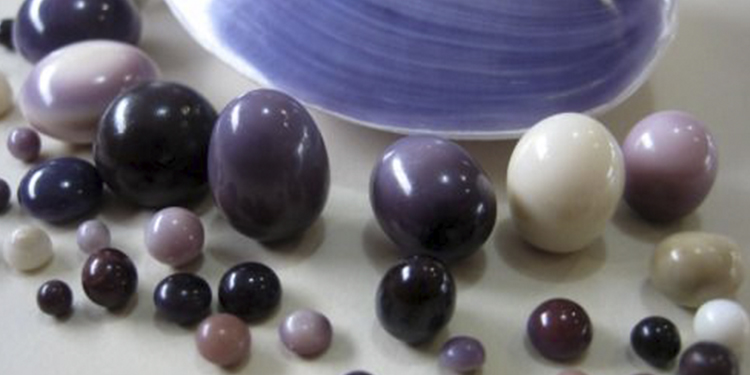
Quahog pearls have a long history dating back to the indigenous peoples of North America, who used them as monetary instruments and exchanged them with European colonists. Quahog pearls became a sign of wealth and prestige in the 18th and 19th centuries and were used to embellish the jewelry of affluent socialites.
Quahog pearls' distinctive colors, forms, and sizes continue to charm jewelry collectors and enthusiasts today. They are frequently used in high-end jewelry designs and are regarded as a rare and precious addition to any collection.
We will look into these stunning natural jewels' history, characteristics, and potential uses in this complete introduction to the intriguing world of quahog pearls. Join us as we explore the hidden beauty and mystery of quahog pearls.
What are Quahog Pearls?

Quahog pearls, also known as wampum pearls, are natural pearls found within the hard-shelled quahog clam, which is endemic to North America's eastern coast. For generations, these pearls have been valued for their beauty and uniqueness, and they are still sought after by collectors and jewelry enthusiasts today.
Quahog Pearl Characteristics and Qualities:
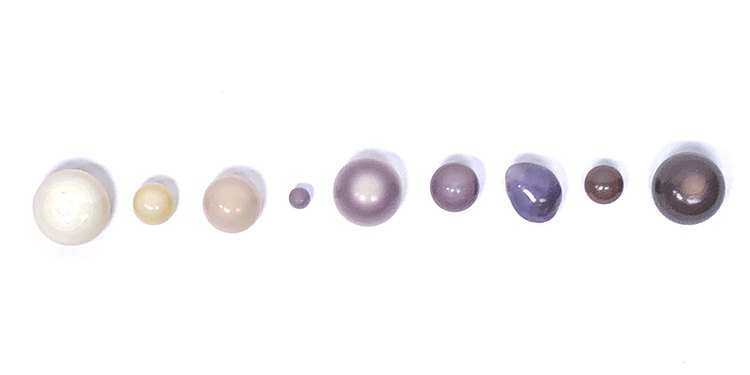
Quahog pearls come in various sizes, colors, and shapes, making each unique. Purple, lavender, and white are the most prevalent hues, although they may also be found in blue, green, and brown tints. Quahog pearls come in various forms, including round, oval, baroque, and irregular. They are typically tiny, with the biggest recorded quahog pearl roughly 16mm in diameter.
Where do Quahog Pearls originate from?
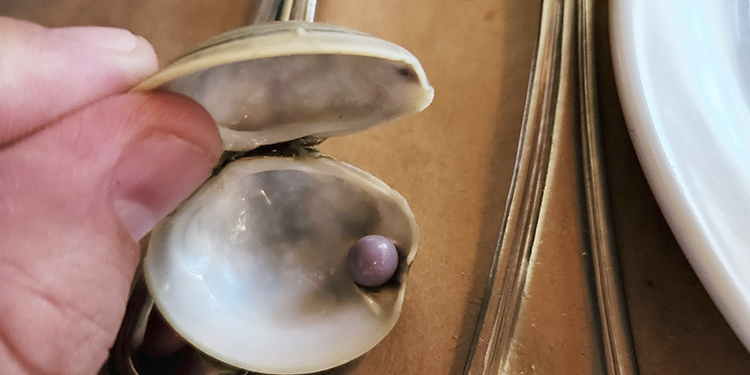

Quahog pearls are found solely in quahog clams, widespread throughout North America's eastern coast. They are collected in the wild and may also be grown in aquaculture.
How are Quahog pearls made?
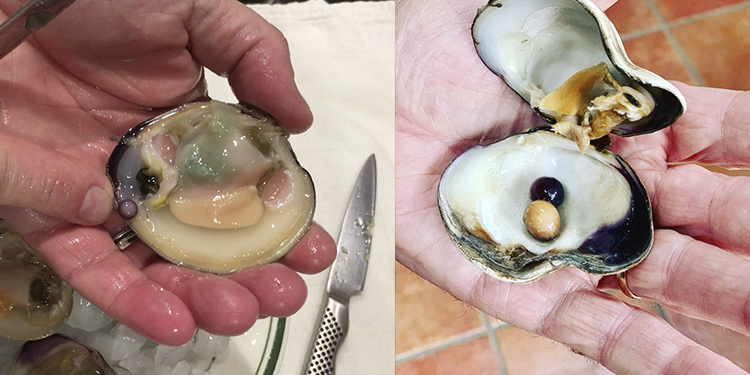
A foreign particle, such as a grain of sand or a piece of shell, becomes stuck within the clam's mantle tissue, which is how quahog pearls are made. The clam then creates a nacre to encase the item, eventually becoming a pearl.
Factors that affect the formation of quahog pearls:
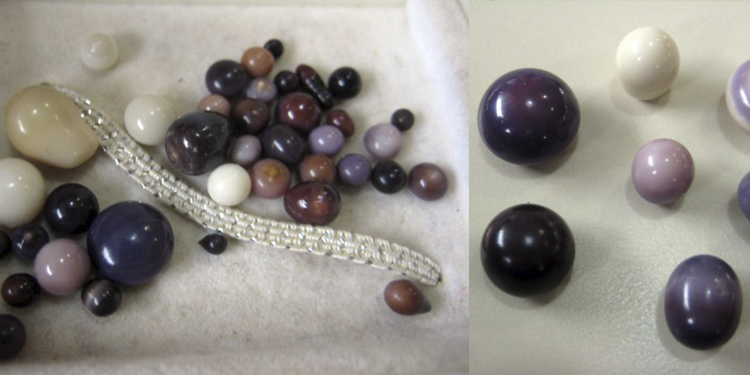
Several variables can impact the appearance of quahog pearls, including the size and shape of the foreign object, the age and health of the clam, and environmental factors such as water temperature and nutrient availability.
Difference between Quahog Pearls and Ordinary pearls
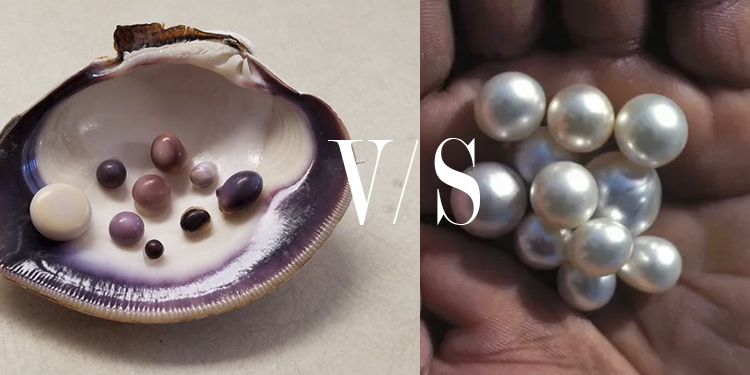
Quahog pearls are non-nacreous pearls formed by the quahog clam, while ordinary pearls are nacreous pearls formed by oysters or mussels. Quahog pearls have a different structure and composition, and are much rarer and less valuable than ordinary pearls.
Comparison of natural and cultivated quahog pearls:
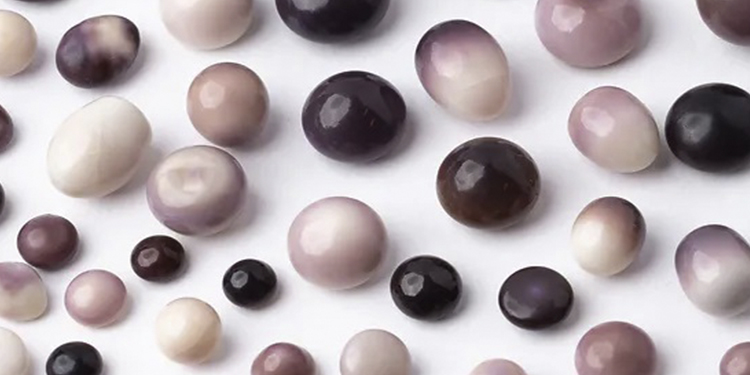
Natural quahog pearls are uncommon and valuable; however, cultured quahog pearls may also be made by inserting a nucleus into the mantle tissue of the clam. Cultured pearls have a flash of better brilliance and are more consistently round but lack natural pearls' distinctive character and uniqueness.
History of Quahog Pearls
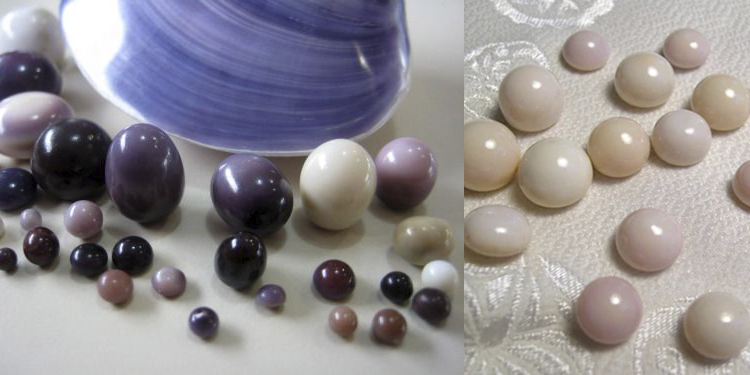
Quahog pearls have a rich and intriguing history that extends back to North America's original inhabitants. For centuries, natural pearls were utilized as payment and ornament, and they played an essential part in the societies of both Native Americans and European colonists.
Quahog Pearls' Historical Importance: Quahog pearls were highly prized by Native Americans and were used as a kind of money in trade with European colonists. Pearls were also thought to have spiritual and therapeutic characteristics and were employed in rituals and medical activities.
Quahog Pearls in Native American Jewelry: Quahog pearls were used to ornament Native American jewelry, notably wampum belts. Wampum belts were used to record significant events, agreements, and treaties by assembling little beads from quahog pearls. They were also presented as presents and utilized as status symbols.
The Role of Quahog Pearls in Colonial America: Quahog pearls were popular among the wealthy in colonial America as a sign of wealth and rank. They were used to embellish jewelry, notably necklaces, earrings, and brooches. Quahog pearls were also used to embellish garments, furniture, and domestic things.
Quahog pearls were highly valued by collectors and jewelry enthusiasts in the 18th and 19th centuries and were often exchanged at high rates. They are still a sought-after natural gem and are considered a unique and essential addition to any collection.
Quahog Pearl Harvesting
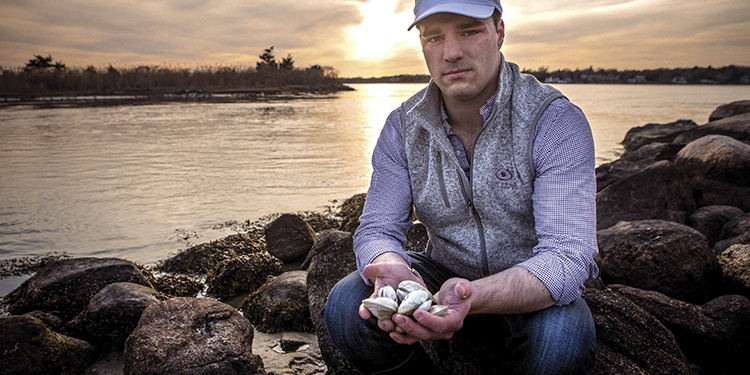
Quahog pearl harvesting is the activity of obtaining pearls from quahog clams, which are often found in North American coastal waters. Here's an explanation of the quahog pearl collecting techniques, ethical implications, and environmental problems.
Quahog pearl gathering methods:
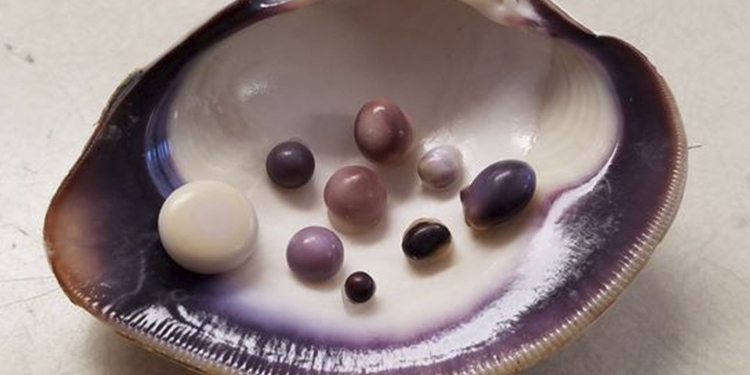
There are various ways to get quahog pearls, including:
Dredging uses a specialized boat, a dredger, outfitted with a mechanical arm that drags along the sea bottom and picks up quahog clams. After that, the clams are sorted, and the pearls are removed.
Hand-harvesting: This approach includes divers physically searching for and extracting quahog clams from the seafloor. This process requires more effort but has a lower environmental effect than dredging.
Farming: Some firms have begun raising quahog clams in confined spaces, simplifying pearl extraction.
Ethical issues in the harvesting of quahog pearls:
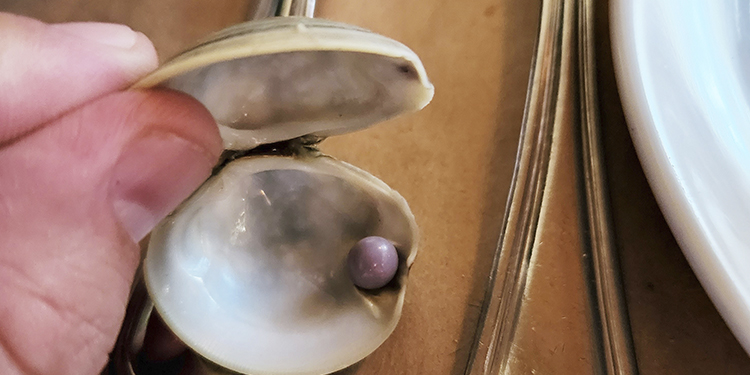
When collecting quahog pearls, various ethical factors must be taken into mind, including:
Animal welfare: Because quahog clams are living beings, their interest must be considered throughout harvesting.
Environmental effect: Quahog pearl harvesting may have a significant environmental impact, primarily if dredging is utilized. This may result in seabed degradation, habitat loss, and the displacement of other marine creatures.
Reasonable labor practices: People collecting quahog pearls must be treated decently and paid reasonably.
Concerns with quahog pearl harvesting's environmental impact:
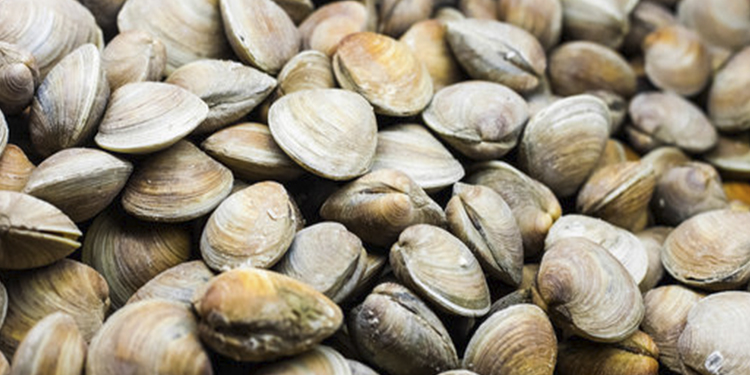
Significant sustainability issues may arise with quahog pearl harvesting, such as:
Overfishing: Overfishing quahog clams may result in species depletion and long-term environmental degradation.
Dredging in quahog pearl harvesting may result in the devastation of marine ecosystems and the relocation of other marine creatures.
Pollution:
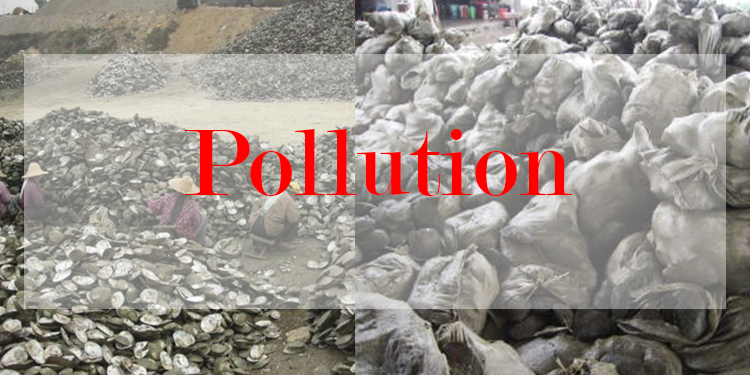
Using boats and other equipment in quahog pearl harvesting may cause pollution, which has long-term environmental consequences.
Quahog pearl collecting may be profitable but it must be done responsibly and ecologically. Companies in this field must guarantee they are not harming the environment or the animals engaged in the process. Furthermore, sustainable procedures must be used to preserve the industry's long-term existence.
Evaluation and Valuation of Quahog Pearls
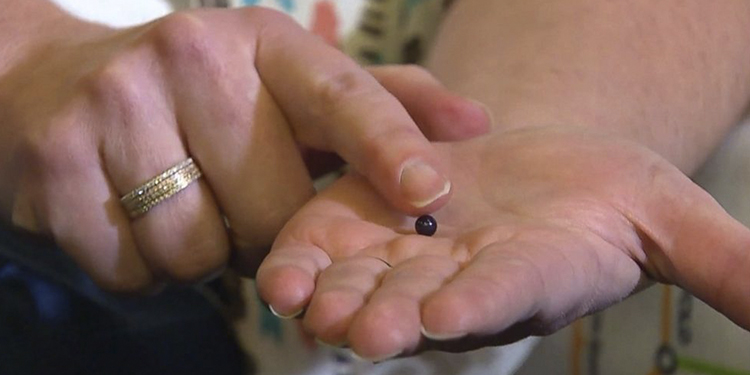
Due to their scarcity and distinctive coloration, quahog pearls are highly prized. To establish each pearl's value on the market, the quality and qualities of each pearl are evaluated and valued. The size, shape, color, luster, and surface quality of quahog pearls are only a few variables that impact their value. The market demand for these pearls and price patterns are significant in establishing their worth.
Quahog pearls' worth depends on the following variables:
Rareness: Due to their extreme scarcity, quahog pearls are in great demand, which may increase their price.
Size: A pearl's value increases with its size. The diameter of quahog pearls may vary from a few millimeters to nearly an inch.
Shape: Quahog pearls are available in various forms, such as rounds, ovals, and irregular shapes. The most expensive pearls are those that are circular.
Color: Quahog pearls come in various hues, from white to black. The value increases with the uniqueness and vibrancy of the shade.
Luster: The luster of a pearl is its external sheen or sparkle. A pearl with a higher shine is of higher quality.
Surface quality: The existence of defects or imperfections on the surface of the pearl is referred to as its surface quality. The value of the pearl increases with fewer flaws.
Rarity: Quahog pearls are uncommon; the more uncommon a pearl is, the more valuable it is.
Quahog pearl market demand and price developments:
Several variables affect the market demand and price patterns for quahog pearls, including:
Supply: Because fewer pearls are on the market, the restricted collection of quahog pearls may cause prices to increase.
Given that quahog pearls are often utilized inexpensively, fashion trends may impact the market for these pearls.
The reputation of the brand selling the quahog pearls: Customers are often prepared to pay more for pearls from reputed companies; therefore, this factor may also affect the price of the quahog pearls.
Economic conditions: Inflation and other changes in the economy may have an impact on the cost of quahog pearls.
Finally, quahog pearl assessment and value examine many aspects such as size, shape, color, luster, surface quality, and rarity. The rarity, supply, fashion trends, brand reputation, and economic situations all impact the market demand and price trends for quahog pearls. Quahog pearls are desirable in the jewelry business because of their high market value and high level of need.
Conclusion
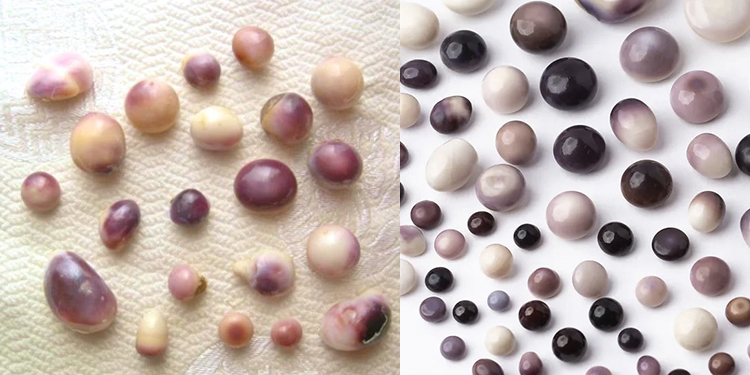
Finally, the world of quahog pearls is intriguing and enthralling, from their distinctive hues, forms, and sizes to their long and profound history in North America. For generations, genuine pearls have been used as cash, ornament, and a sign of luxury, making them highly appreciated by collectors and jewelry enthusiasts. Collecting quahog pearls entails ethical and environmental concerns, but the rarity and beauty of these natural jewels make them a remarkable addition to any collection. As we learn more about the world of quahog pearls, their hidden beauty and mystery will enchant us for centuries to come.


Leave a Comment